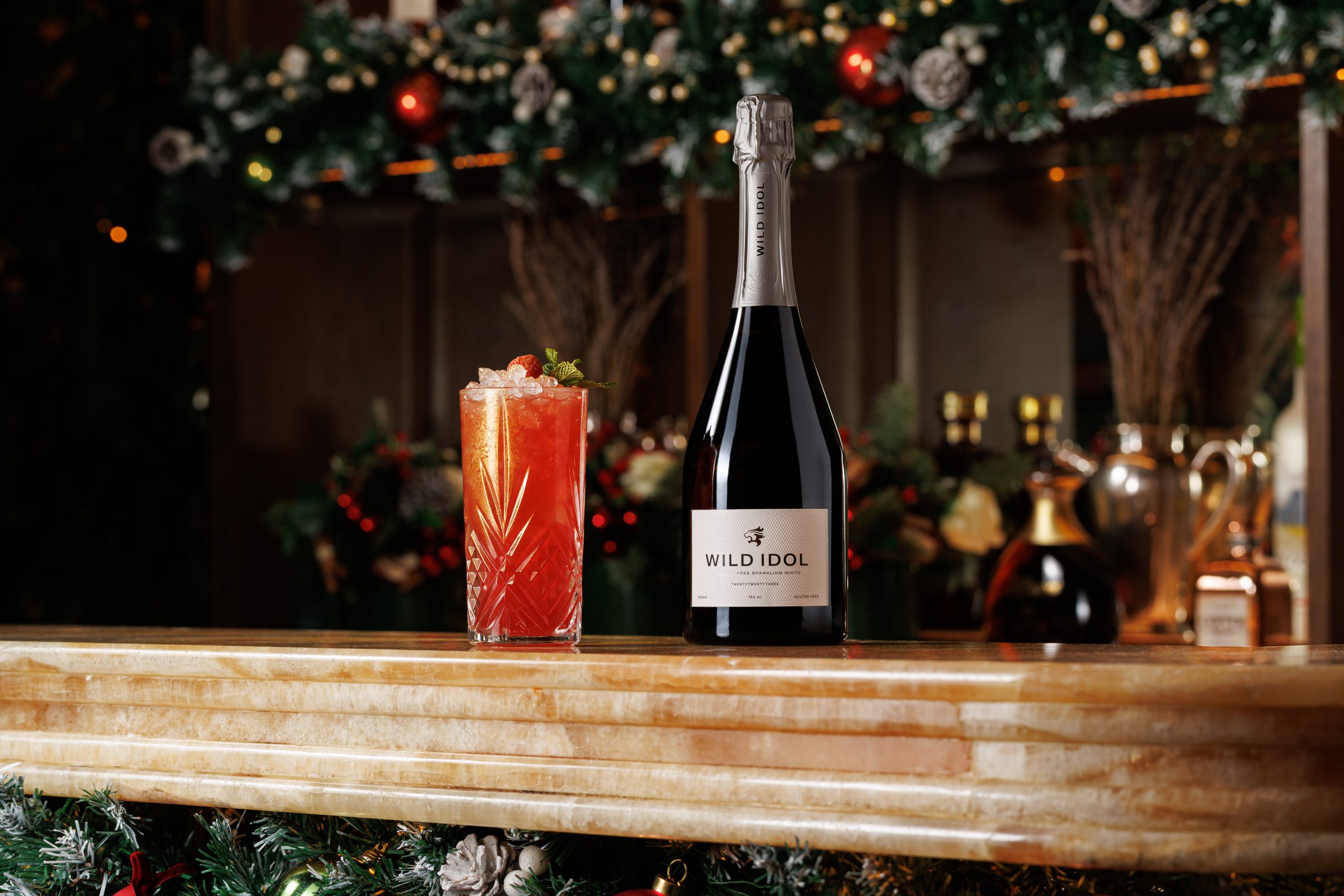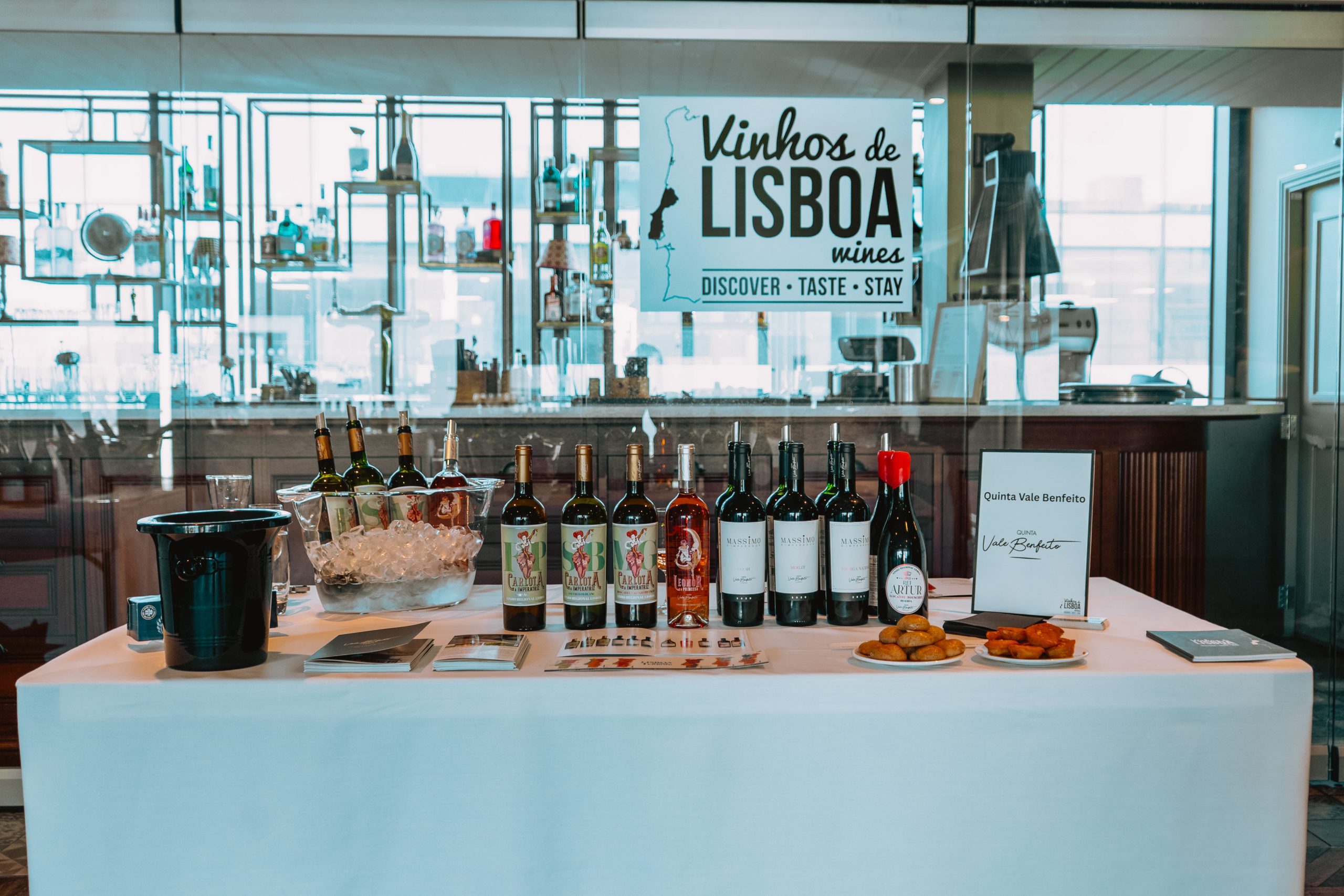Liv-ex introduces ‘fair value’ method
After calling for an end to “opaque” en primeur pricing, Liv-ex has laid out a “fair value” methodology, which it says could lead to a new consensus on pricing and help Bordeaux “reinvent itself in the internet age”.
As reported by the drinks business yesterday (29 March), Liv-ex’s recent report on the en primeur market called for an end to the privately negotiated prices currently in place which, Liv-ex says, are costing the trade “hundreds of millions of euros” in lost potential revenue.
Part of the problem, as it explained, was that with greater transparency in the secondary market, which allows buyers to quickly and easily research and compare scores and prices.
Liv-ex made the analogy that a big company would not typically release new shares onto the market at a higher price than any of the same shares that were still available at a cheaper price – especially if they were available in no mean quantity.
On the other hand, Liv-ex conceded: “Variations in critic score, vintage quality and age mean that each vintage of a particular wine is different. Therefore, comparing prices is not so easy. This is where Liv-ex’s ‘fair value’ methodology can help.”
The basis of this fair value methodology is “regression analysis”, which is described as a “statistical process for estimating the relationships among variables”.
For its methodology Liv-ex uses the Market Price from its own data (the dependent variable) and the critical scores from The Wine Advocate (the independent variable) to map the relationship between a wine’s prices and scores.
Having plotted the various points on a graph, an “R-squared value” can be taken which measures how close the data points are to the ‘regression’ or ‘trend’ line. The higher the R-squared value, the better the trend line should fit the data and that line then becomes the measure for ‘fair value’.
In the case of Margaux, which Liv-ex used as its example, the R-squared value is 92.2% which is a very close fit.
Liv-ex explains: “For models that have a high R-squared – generally a value above 50% – the trend line can be used to estimate a ‘fair value’ for a particular wine given its score.
“The model can also be used to identify potential pricing anomalies in the secondary market. Vintages that lie above the trend line are assumed to be trading at a premium to ‘fair value’, while those below it at a discount.”
Using the Margaux graph, the 2012 in particular seems to offer particularly good value from the last 11 vintages of the first growth and, among its peers at the upper end of the scale, the 2015 would appear to represent a good buy.
Putting this scale into action with regards the coming en primeur campaign is then relatively straightforward.
If Neal Martin (the Bordeaux critic at The Wine Advocate) returns from Bordeaux and gives the 2016 Margaux a point spread of 96-98, then the trend line for Margaux would suggest a ‘fair’ price of £4,800 per case (taking the mid-point score of 97).
Price and score are not the only measures that can be used. The age of a wine is sometimes a better data point. The second wines of the first growths for example tend to show very little correlation between price and score but far more between price and age.
The methodology can also be used to measure the extent of ‘mispricing’ historically, finding vintages that were inconsistently priced with what was in the secondary market at the time. ‘Mispricing’ does not necessarily refer to a vintage where investors lost money due to a subsequent fall in price – en primeur does carry a measure of risk with it after all and prices can recover.
When using this method to look at the prices in the last 11 vintages as whole, it turns out that the 2010 campaign was probably not the most overpriced as is commonly thought.
Liv-ex explains: “Using ‘fair value’ analysis, each release price was modelled against the past 10 vintages of that wine in the secondary market at that time. Next, the difference between each release price and the price suggested by each wine’s trend line was calculated. Finally, the results across each vintage were averaged.”
Partner Content
It turns out that it was the 2005 that was the most overpriced vintage, 32% above prices on the trend line at that time, the 2010 was only 9% above the trend line although the fact that the 2008 was so underpriced (by 28% according to this method) and the 2009s were then so much more expensive possibly skews the figures slightly.
Limitations
A simple correlation between two sets of information may prove unsatisfactory for those seeking a more concise way to plot the varied factors at play in the pricing of fine wine.
Although the model can be modified to include a variety of other data, this can make the graphs and computations overly complex.
There are other limitations to this method too as Liv-ex admits. Intended to be transparent and help identify a ‘fair’ price, the model cannot account for various outliers such as the premium that might be paid on older wines or the intricacies of critical opinion beyond the headline score.
Using the average scores from several critics might create a more catholic impression of a wine’s rating but it cannot make clear the preferences that went into deciding the score in the first place; American critics (in general) may prefer riper styles of wine, their UK and other European counterparts may prefer less ripe wines, even vice versa – and styles of wine can vary within the same vintage, the 2010s and 2015s being good examples of vintages that have each produced occasionally polarising styles. Even using scores from The Wine Advocate alone of course faces the quandary that the critic for Bordeaux has changed from Robert Parker to Neal Martin and the way Parker scored (for example) a vintage of Margaux may not be the way Martin decides to do so.
Perhaps most importantly, the chart can also not account for the most wild of all wild cards, the end buyer, who themselves will be exposed to all manner of analysis and opinion upon which they will base their buying decisions.
The hunt for ‘value’ and defining a ‘fair’ price for fine wine, while all worthwhile, can be easily scuppered by the very audience it is trying to aid.
There have been numerous incidents during en primeur campaigns where a wine that, statistically, doesn’t appear to tally with the idea of ‘fair’ nonetheless goes gangbusters when offered by a merchant to their clients.
Liv-ex explained: “The model does not account for differences in ‘vintage premiums’ over and above that already captured by differences in score. A 96-point wine in an exceptional vintage may warrant a premium to the price of an identical 96-point wine in an average vintage. This means that the data in the regression models is somewhat biased.”
Using smaller sample sizes, the most recent 10 or 11 vintages from a château for example, can mitigate the latter problem but too small a sample size can also magnify errors.
This is not to say, however, that it isn’t a worthwhile endeavour and the point of it is to encourage pricing back to a level where all players in the chain from château to consumer benefit
Liv-ex concludes: “The secondary market is already the most efficient pricing mechanism for fine wine, particularly for wines which enjoy the greatest liquidity. Liv-ex’s ‘fair value’ methodology harnesses the power of the secondary market to help price en primeur.
“The trade and their clients can use ‘fair value’ to help identify wines which offer the greatest value en primeur and to avoid those which offer the least. In recent years, en primeur has been mispriced relative to prices in the secondary market, sometimes by as much as 30%. Therefore the decision to buy en primeur can have a significant impact on both margins and returns.”
The full report and the explanation behind the ‘fair value’ methodology can be read here (subscribers only.)




